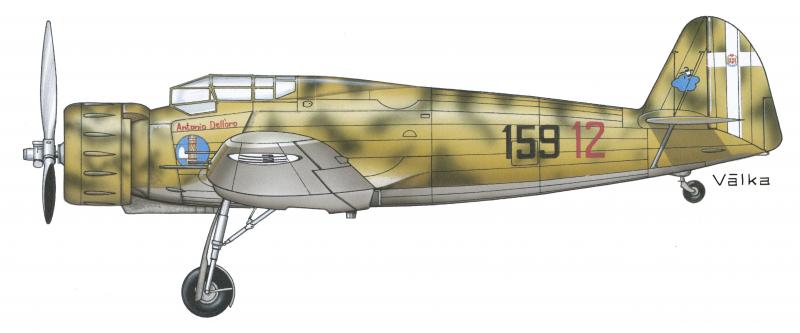
World War Two Era (1938-1945)


Attack on Pearl Harbor
The attack on Pearl Harbor was a surprise strike by the Japanese Imperial Navy against the United States Naval Base at Pearl Harbor in the Hawaiian Islands on Sunday morning, December 7, 1941 (December 8 in Japan). Admiral Chuichi Nagum's six aircraft carriers sent two attack waves, numbering a total of 353 aircraft, against the US Pacific Fleet base in Pearl Harbor, Oahu.
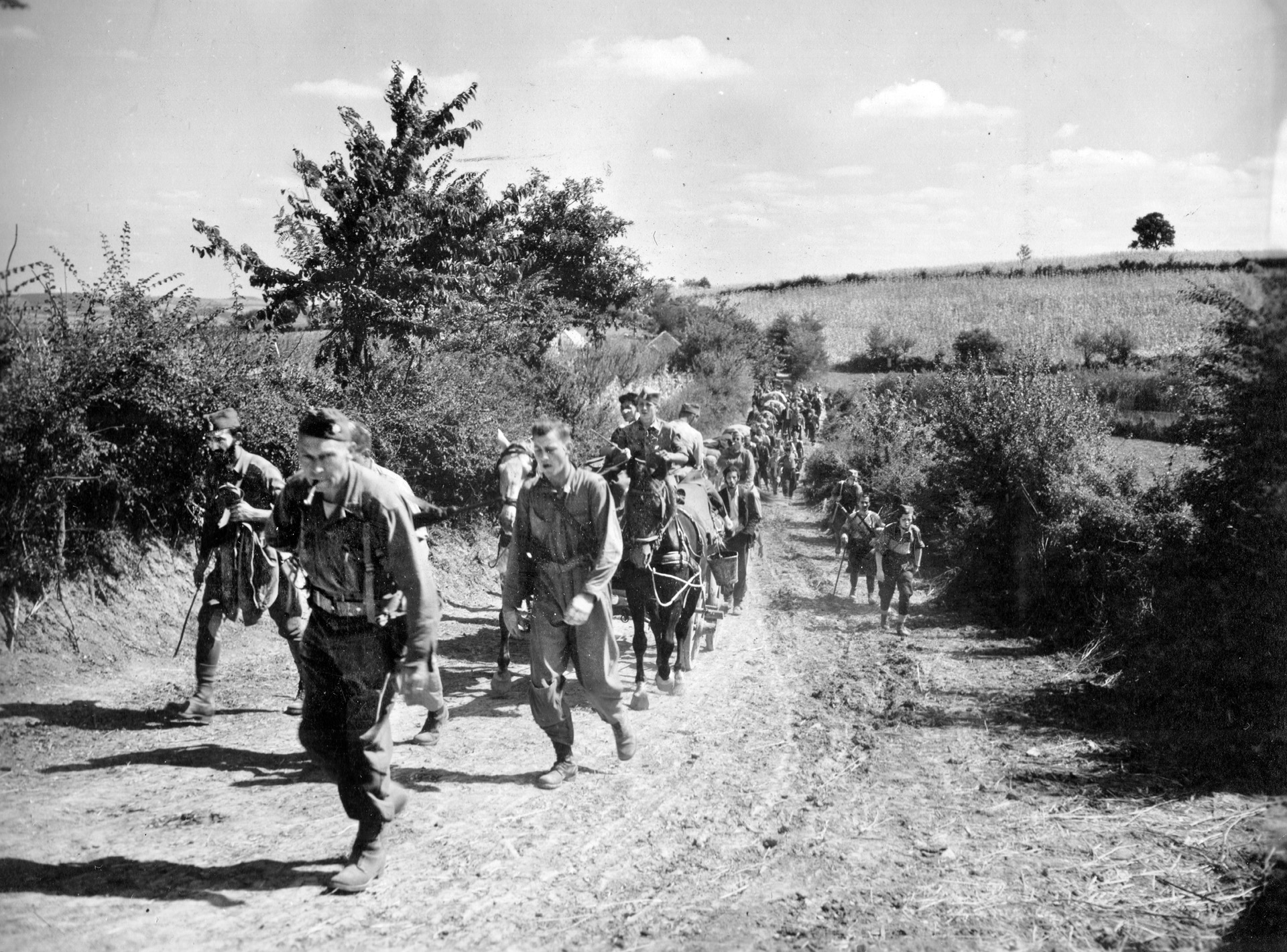
Balkan Air Rescue
Operation Halyard, known in Serbian as Operation Air Bridge, was an Allied airlift operation behind Axis lines during World War II. In July 1944, the Office of Strategic Services (OSS) drew up plans to send a team to the Chetniks force led by General Draža Mihailović in the German-occupied Territory of the Military Commander in Serbia for the purpose of evacuating Allied airmen shot down over that area.

Blitzkrieg

Brief history of the 1st Mountain Division
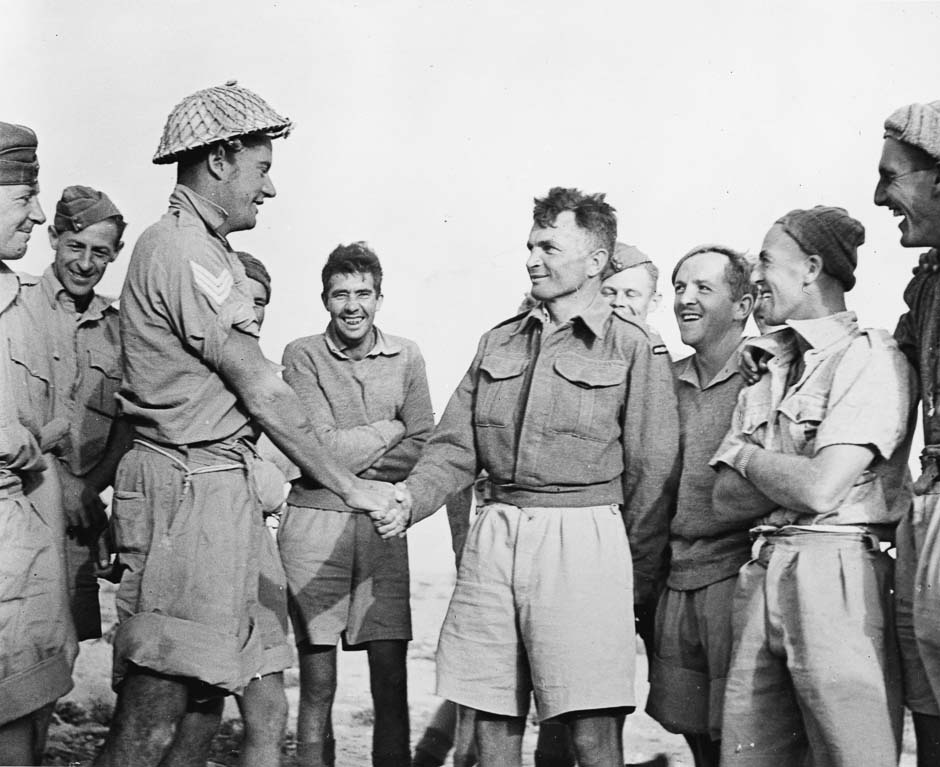
Captain Charles Hazlitt Upham, VC and Bar
New Zealand soldier who was awarded the Victoria Cross (VC) twice during the Second World War - for gallantry in Crete in May 1941, and in Egypt, in July 1942. He was the most recent of only three people to receive the VC twice, the only one to receive two VCs during the Second World War and the only combat soldier to receive the award twice. As a result, Upham is often described as the most highly decorated Commonwealth soldier of that war, as the VC is the Commonwealth's highest award for gallantry in the face of the enemy.
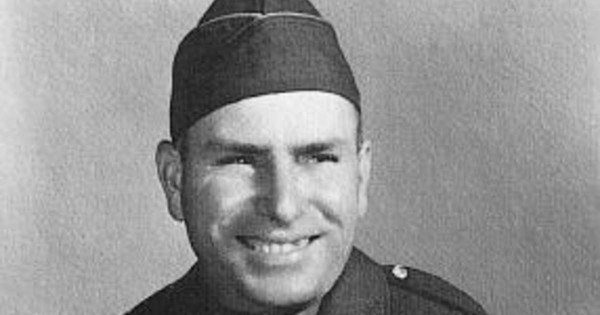
Charley Havlat, a useless death with a great deal of irony
The last American soldier killed in action during World War II on the European battlefield.
Charley Havlat was the son of Czech emigrants Antonín Havlát (born in Ronov) and Antonia Havlátová birth name Němcová. Fate has prepared for him an end full of irony.
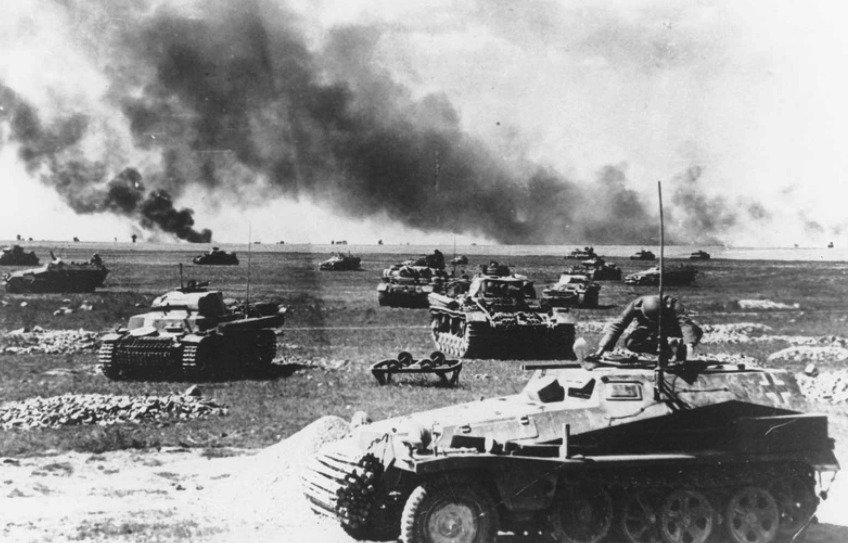
Clash of titans
The anniversary of the outbreak of the Soviet-German war provides an opportunity to recall some moments and ambiguities in the preparation and launch of hostilities. In this case, we will try to generalize certain data concerning tank units and their armament on both sides of the war. Although this topic has been studied in great detail in Russian literature for the last 15 years, we have preserved very outdated information in this field, at best from the early 1990s, at worst even the ideological floppy of Soviet propaganda.
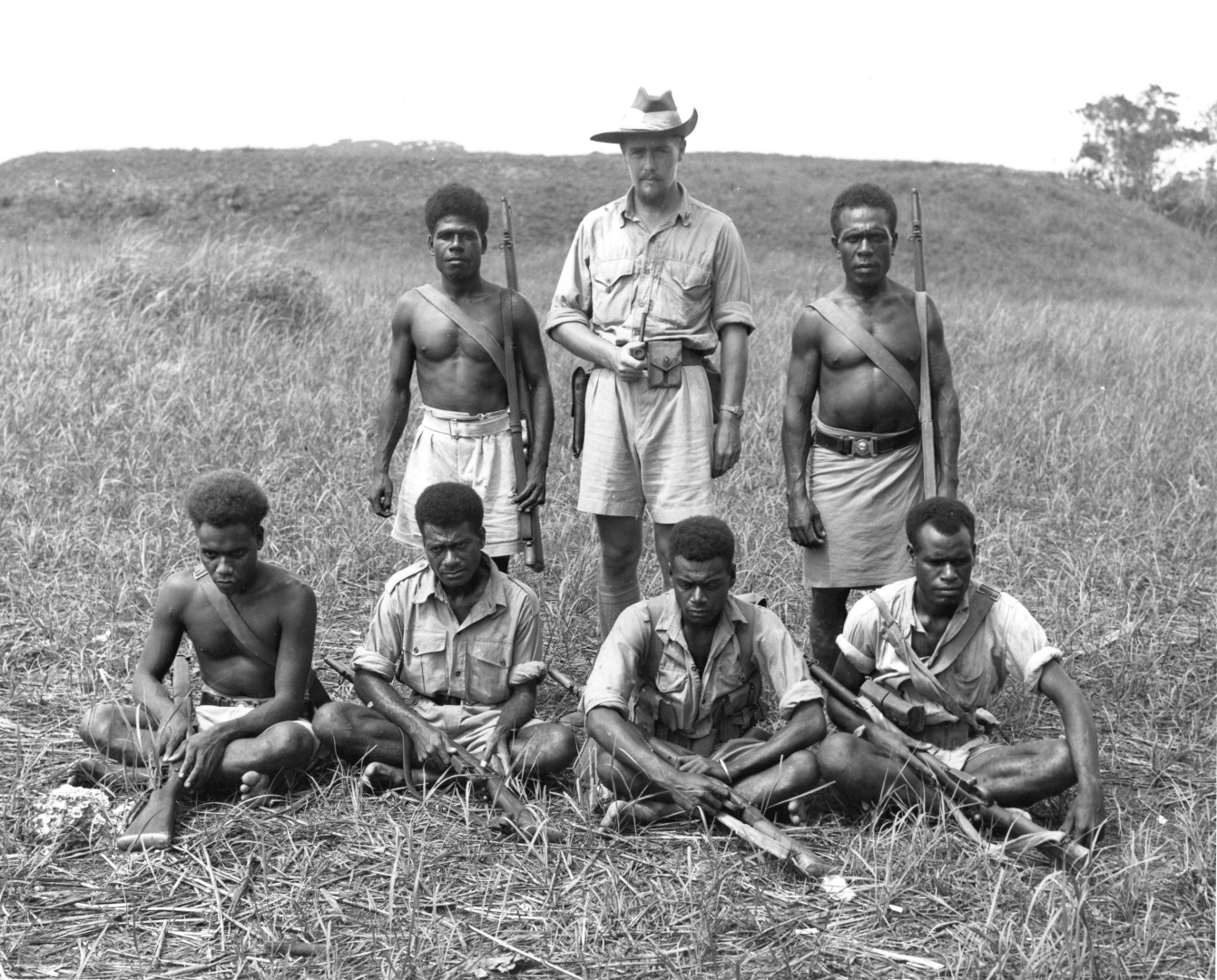
Coastwatchers
The Coastwatchers, also known as the Coast Watch Organisation, Combined Field Intelligence Service or Section C, Allied Intelligence Bureau, were Allied military intelligence operatives stationed on remote Pacific islands during World War II to observe enemy movements and rescue stranded Allied personnel. They played a significant role in the Pacific Ocean theatre and South West Pacific theatre, particularly as an early warning network during the Guadalcanal campaign.

Cooperation between NKVD and GESTAPO - myth or reality?
Czech imprint in secret world diplomacy
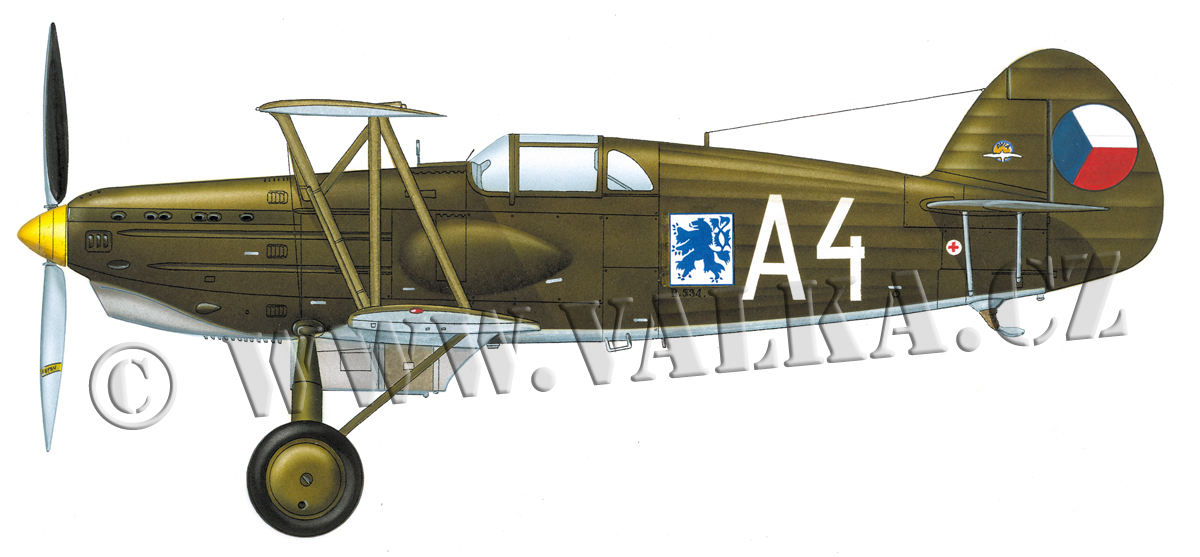
Czechoslovak Air Force in the Sudetenland crisis - general consideration
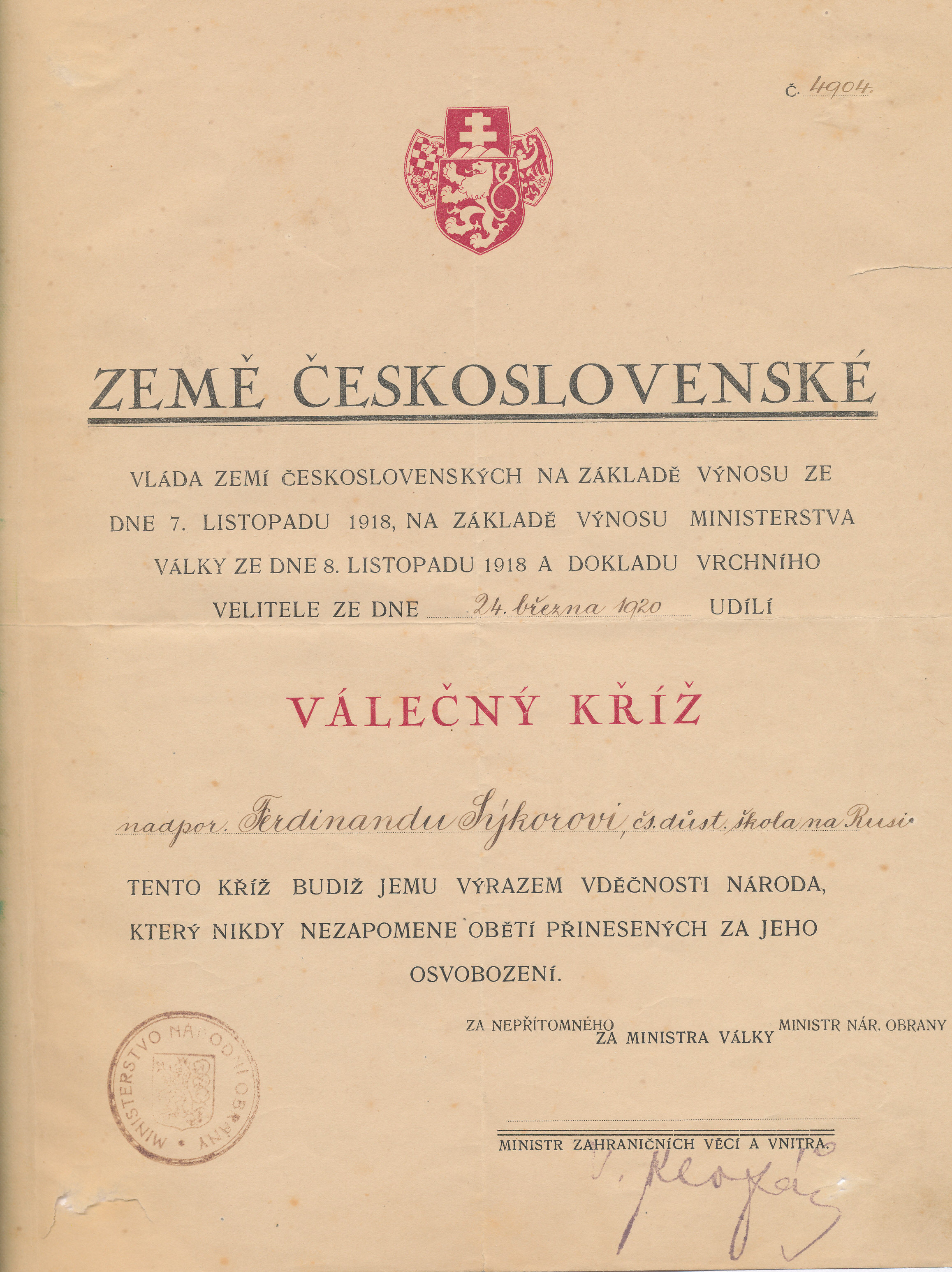
Czechoslovak national emblem on decorations decrees

Do you know the difference between commandos, rangers and green berets?

Draft of Anglo-French-Soviet agreement on an anti-German coalition
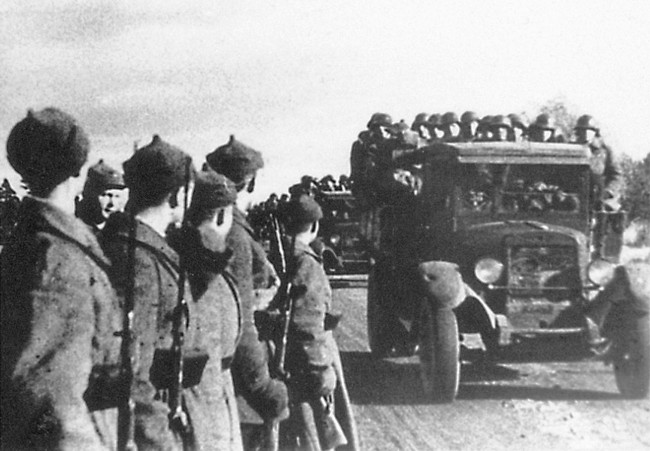
Estonia 1939 - 1941
At the end of the 1930s, the position of the Baltic states deteriorated. Anschluss of Austria, the Munich Conference on "About Us Without Us", the capitulation of France and Great Britain, and the occupation of the rest of Czechoslovakia drew the contours of future developments that were clearly unfavorable to small states, although Hitler officially demonstrated to the world his disinterest in other territorial demands.
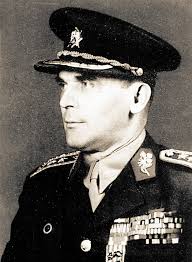
Exhibition of decorations of Gen. Heliodor Píka in Opava
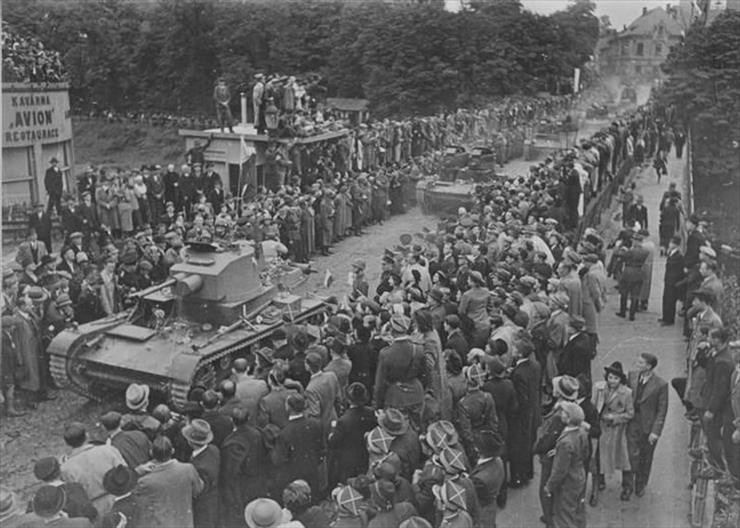
Fall Weiss in Těšín area
On September 1, 1939, a small but industrially important part of Czechoslovakia from Bohumín to Jablunkov on the left bank of the Olza River, which was occupied by Poland and became part of it, did not witness fierce fighting on September 1, 1939. Despite its economic importance, the Poles did not intend to defend it steadily, but preparations for World War II and the course of its first day were recorded in municipal chronicles, Polish historiography, as well as in German war documents.

Winter war [1939-1940]
Military conflict between the Soviet Union (USSR) and Finland. It began with a Soviet invasion of Finland on 30 November 1939, three months after the outbreak of World War II, and ended three and a half months later with the Moscow Peace Treaty on 13 March 1940
World War Two [1939-1945]
World War II - global and deadliest conflict in years 1939-1945, that included most of the countries of the world in two alliances - Allies and Axis.
Japan-Soviet/mongolian border clashes [1932-1939]
An undeclared border conflict fought between the Soviet Union and Japan in Northeast Asia from 1932 to 1939
Ecuadoran-Peruvian Border War [1941]
South American border war fought between 5–31 July 1941. It was the first of three military conflicts between Ecuador and Peru during the 20th century. During the war, Peru occupied the western Ecuadorian province of El Oro and parts of the Andean province of Loja. Although the Ecuadorian–Peruvian War occurred during World War II, it was not part of the conflict; Ecuador and Peru were neither affiliated with nor supported by the Allies or the Axis.
Join us
We believe that there are people with different interests and experiences who could contribute their knowledge and ideas. If you love military history and have experience in historical research, writing articles, editing text, moderating, creating images, graphics or videos, or simply have a desire to contribute to our unique system, you can join us and help us create content that will be interesting and beneficial to other readers.
Find out more